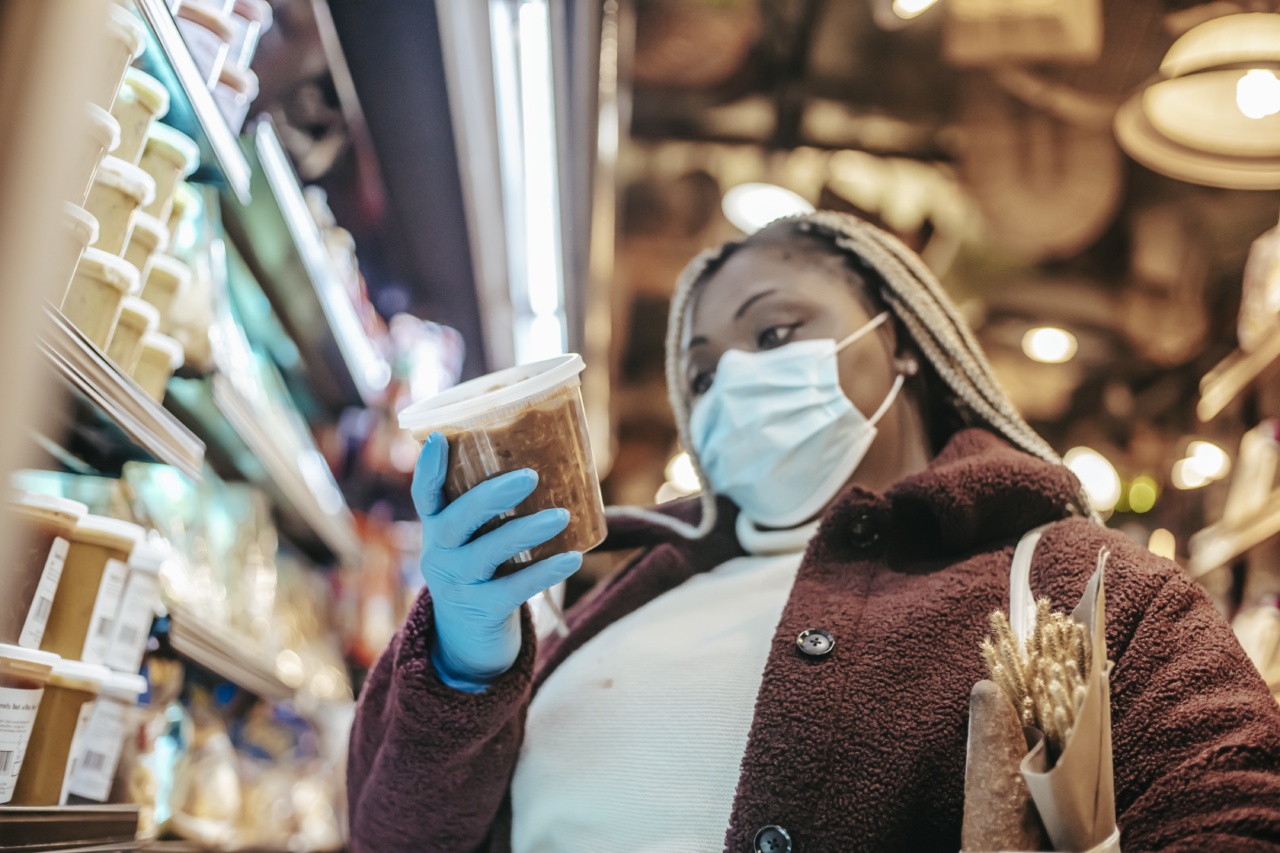Food allergies are a growing problem in modern society. Millions of people experience mild to severe allergic reactions to various types of food, which can cause serious medical conditions, including anaphylaxis.
Here are ten essential steps to help you protect yourself from food allergies:.
Step 1: Know your allergies
The first and most crucial step in protecting yourself from food allergies is to know your allergies. This means identifying the foods that trigger an allergic reaction in your body.
You can learn about your allergies by consulting an allergist or undergoing diagnostic tests.
Step 2: Read Food Labels
Reading food labels is an essential step in protecting yourself from food allergies. Food labels provide information about the ingredients used in a particular product, allowing you to avoid allergens and make informed food choices.
Step 3: Be careful when eating out
When eating out, be careful about the foods you order. Inform the servers of your allergies and ask them to prepare your meal without the allergens. Additionally, avoid dishes that contain foods you are allergic to, even if they seem safe.
Step 4: Avoid cross-contamination
Cross-contamination refers to the transfer of allergens from one food to another, leading to accidental ingestion and potentially fatal consequences in severe cases.
To avoid cross-contamination, use separate cutting boards and utensils for different foods and clean them well after use. Also, wash your hands thoroughly before handling food.
Step 5: Carry an epinephrine auto-injector
If you have a severe food allergy, it’s crucial to carry an epinephrine auto-injector with you at all times. This device can save your life by quickly administering epinephrine, a life-saving drug that can alleviate severe allergic reactions.
Step 6: Inform others of your allergies
Inform your friends, family, and coworkers of your food allergies. This simple step can increase your safety and reduce the chances of accidental ingestion of allergens.
Step 7: Avoid high-risk foods
Some foods are more likely to cause allergic reactions than others. These foods include peanuts, tree nuts, fish, shellfish, milk, soy, and wheat. If you are allergic to any of these foods, be extra careful when handling them or avoid them altogether.
Step 8: Cook at home
Cooking your meals at home is an excellent way to reduce the risk of accidental ingestion of allergens. When cooking, use fresh ingredients and avoid processed foods that may contain hidden allergens.
Step 9: Educate yourself
Education about food allergies is essential in protecting yourself from them. Stay up-to-date with the latest research on allergies and attend support groups or seminars to learn more about them.
Step 10: Stay vigilant
Staying vigilant is the best way to protect yourself from food allergies. Always be aware of what you’re eating, read food labels carefully, and ask questions when eating out. Remember, prevention is key to managing food allergies.































